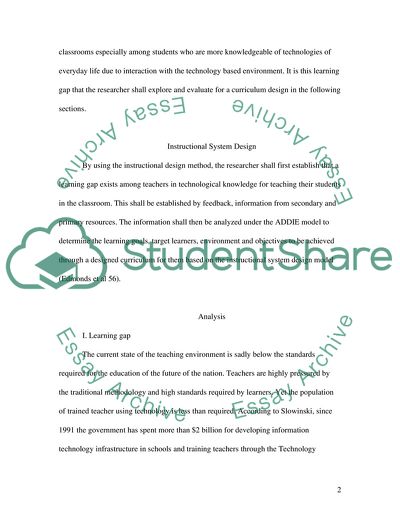Cite this document
(Curriculum Design for Teachers with Technology Learning Gap Coursework, n.d.)
Curriculum Design for Teachers with Technology Learning Gap Coursework. https://studentshare.org/education/1733819-curriculum-design
Curriculum Design for Teachers with Technology Learning Gap Coursework. https://studentshare.org/education/1733819-curriculum-design
(Curriculum Design for Teachers With Technology Learning Gap Coursework)
Curriculum Design for Teachers With Technology Learning Gap Coursework. https://studentshare.org/education/1733819-curriculum-design.
Curriculum Design for Teachers With Technology Learning Gap Coursework. https://studentshare.org/education/1733819-curriculum-design.
“Curriculum Design for Teachers With Technology Learning Gap Coursework”. https://studentshare.org/education/1733819-curriculum-design.


